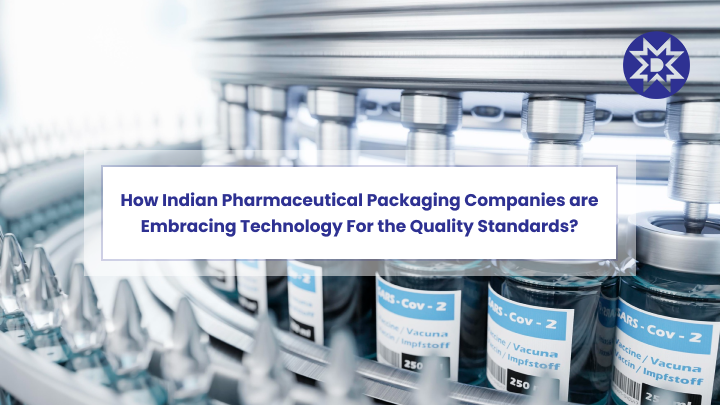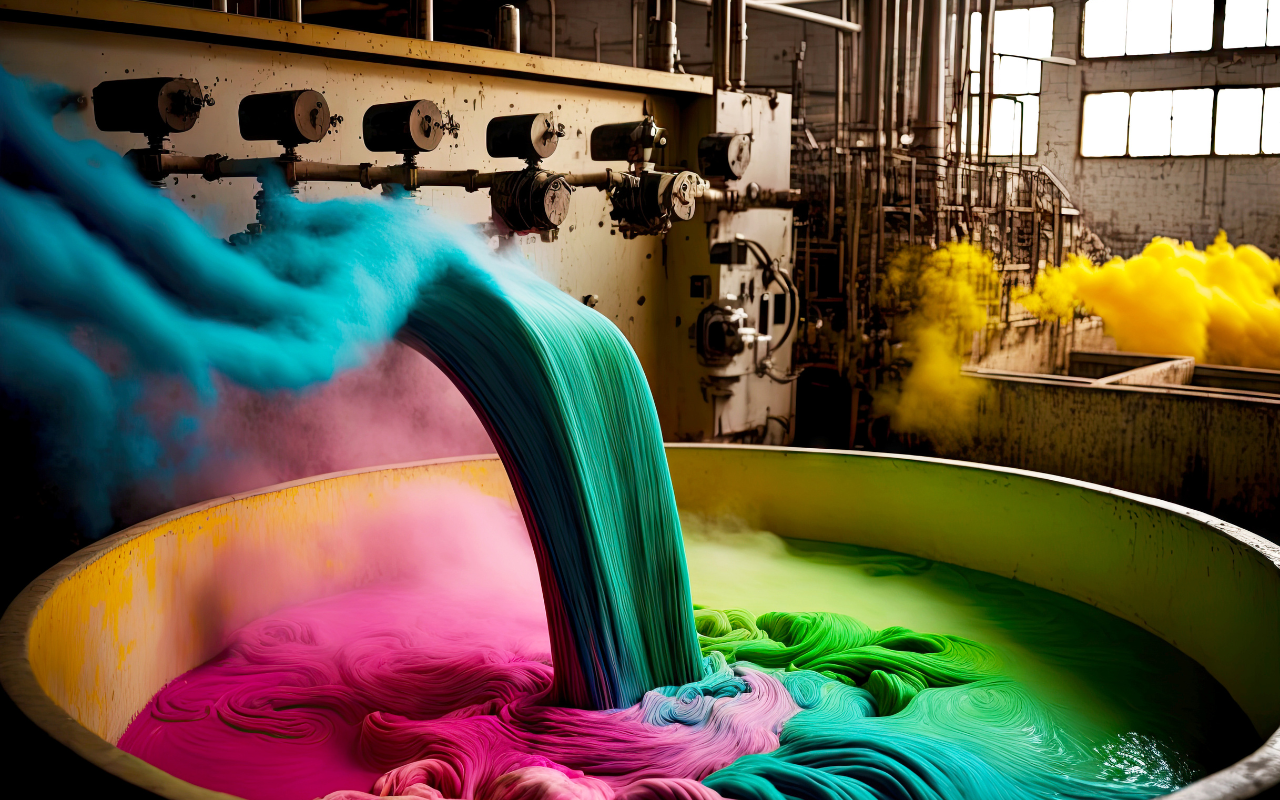How are Indian pharmaceutical packaging companies embracing technology for quality standards?
The Indian pharmaceutical packaging sector is undergoing a significant transformation, with companies increasingly leveraging technology to meet global quality standards. This evolution is crucial in an industry where packaging integrity and patient safety are paramount. Here, we delve into how Indian companies are setting new benchmarks in packaging excellence through technological adoption.
Why do quality standards matter in pharmaceutical packaging?
Ensuring Drug Safety and Efficacy The primary function of pharmaceutical packaging is to protect the product from external factors that could compromise its quality and effectiveness. This includes protection from environmental factors such as light, oxygen, and moisture, as well as physical damage during transportation and storage. Quality standards ensure that packaging materials and designs are tested rigorously to maintain the drug’s stability and prolong its shelf life.
Compliance with Regulatory Requirements: Regulatory bodies around the world, such as the FDA in the United States and the CDSCO in India, have established stringent guidelines for pharmaceutical packaging. Adhering to these guidelines is not optional; it’s a legal requirement. Quality standards ensure compliance, helping pharmaceutical companies avoid costly recalls and legal issues that could arise from packaging failures.
Facilitating Effective Communication: Pharmaceutical packaging serves as a critical communication tool between the healthcare provider and the patient. Quality standards ensure that packaging includes all necessary information, such as dosage instructions, ingredients, expiry dates, and warnings, in a clear and readable format. This is crucial for ensuring proper medication use and patient safety.
Preventing Counterfeiting and Tampering: With the rise of counterfeit medications, quality standards in packaging also include features to prevent tampering and ensure authenticity. This can include holograms, tamper-evident seals, and serialization. These measures help protect patients from substandard or harmful products and maintain the integrity of the pharmaceutical supply chain.
Tech Innovations in Indian Pharma Packaging
- Advanced Material Usage and Sustainable Practices
The shift toward sustainable materials by packaging companies isn’t just a trend—it’s a response to a growing environmental consciousness and regulatory pressure. With the pharmaceutical industry under scrutiny for its environmental footprint, the adoption of materials like polyvinyl chloride (PVC), polyethylene (PE), and polypropylene (PP) marks a significant move. These materials offer the dual benefits of robust protection against contaminants and a reduced environmental impact.
Considerations for Pharmaceutical Companies:
- Material Selection: Opt for materials that provide an effective barrier against moisture and contaminants while being recyclable or biodegradable.
- Design with End-of-Life in Mind: Develop packaging solutions that are not only effective during use but also easy to dispose of or recycle.
- Regulatory Compliance: Ensure that sustainable packaging solutions meet all relevant regulatory standards without compromising product safety or efficacy.
The dialogue around sustainability is evolving. It’s no longer about whether to adopt eco-friendly practices but how to implement them effectively. As such, pharmaceutical companies are encouraged to explore innovative packaging solutions that align with sustainability goals without sacrificing quality or performance.
- Equipment Innovation for Flexible Manufacturing
The pharmaceutical industry is witnessing a paradigm shift towards personalized medicine, necessitating more flexible manufacturing and packaging solutions. Smaller batch sizes, diverse drug formulations, and varying packaging styles are the new norm, driven by the demand for medication tailored to individual patient needs.
- Flexible Equipment: Machines capable of quick changeovers between products and packaging styles are becoming essential. This flexibility helps manufacturers efficiently manage smaller production runs for personalized medications.
- Operator Safety and Product Integrity: Equipment must ensure operator safety and prevent contamination. Advanced systems incorporate barriers and automated processes to protect both.
The emphasis is on developing equipment that can adapt to rapid changes in manufacturing requirements, ensuring pharmaceutical companies can respond swiftly to evolving market demands.
- Smart Packaging Solutions
What Makes Packaging Smart? Imagine a world where your medicine bottle reminds you to take your medication on time or provides you with real-time data about the conditions it has been subjected to during transit. This isn’t futuristic speculation—it’s the reality of smart packaging. Incorporating technologies like printed sensors and NFC antennas, smart packaging offers a new dimension of user engagement and product safety.
Benefits of Smart Packaging:
- Enhanced Patient Safety: By monitoring environmental conditions, smart packaging ensures medications are not exposed to harmful conditions, safeguarding their efficacy.
- Improved Patient Compliance: Interactive packaging can communicate with digital devices to remind patients about dosage schedules, enhancing treatment outcomes.
- Supply Chain Transparency: Real-time tracking of environmental conditions provides unequivocal evidence of quality, from manufacture to delivery.
Smart packaging represents a leap forward in how we think about pharmaceuticals, turning passive packages into active participants in patient care and product integrity. As technology evolves, the potential for smart packaging in pharmaceuticals will continue to expand, promising not just to revolutionize packaging but to transform patient engagement with their medications.
- Biologics and High-end Containment Solutions
The advent of biological drugs has brought to the fore the critical need for packaging that can protect these highly sensitive formulations. Biologics, with their complex and delicate nature, present unique challenges that traditional packaging solutions simply cannot address.
Challenges with Biologics:
- Sensitivity: Biologic drugs are susceptible to degradation from exposure to light, temperature fluctuations, and physical agitation.
- Interaction: There’s a potential for interaction between the drug and the packaging material, which can compromise the drug’s efficacy and safety.
Innovations in containment solutions, such as specialized coatings and advanced material compositions, are crucial in minimizing risks. For instance, vials with special coatings can prevent drug-container interactions, ensuring the integrity and stability of biologics.
These advancements underscore the pharmaceutical industry’s commitment to delivering safe and effective biologic treatments. As research and development in biologics continue to grow, so too will the need for innovative packaging solutions that can meet these drugs’ stringent requirements.
- Supply Chain Resilience and the Move Towards Localization
Recent global events have underscored the importance of a resilient and flexible supply chain in the pharmaceutical industry. The COVID-19 pandemic, in particular, highlighted the vulnerabilities in global supply networks, leading to material shortages, delays, and increased demand for certain medications.
Building a Resilient Supply Chain:
- Diversification: Avoid reliance on a single source for materials or components to mitigate risks.
- Regional Manufacturing: Establishing manufacturing facilities closer to the end markets can reduce transport times and costs, enhancing supply chain efficiency.
The trend toward localization reflects a strategic shift in the pharmaceutical industry. By developing regional hubs for manufacturing and distribution, companies can better navigate the complexities of global supply chains, ensuring that medications reach those in need, regardless of external disruptions
Source URL:
https://www.meghmaniglobal.com/how-are-indian-pharmaceutical-packaging-companies-embracing-technology-for-quality-standards/



Comments
Post a Comment